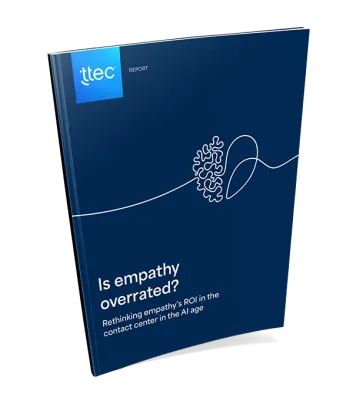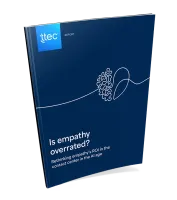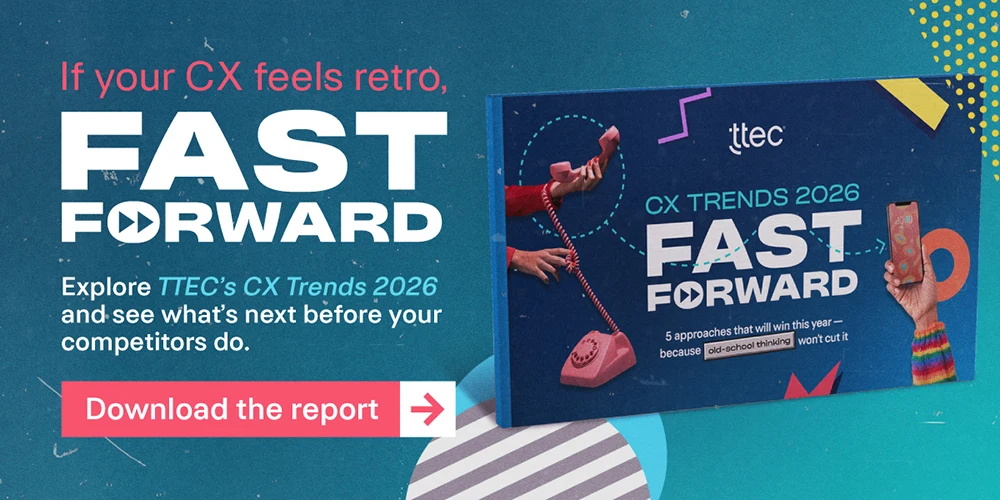Search engine optimization (SEO) has long been key to ensuring brands’ messages reach their intended audience, but there’s a new way companies should be maximizing their content in the AI age: generative engine optimization, or GEO.
As more consumers use generative AI tools like ChatGPT, Google Gemini, and Perplexity, GEO - also knows as answer engine optimization, or AEO - is becoming increasingly important for brands that want their products, services, or research served by AI-powered platforms.
What’s the difference?
SEO, which has been around for more than 25 years, is the practice of optimizing online content to achieve high rankings from search engines such as Google.
By incorporating certain keywords and phrases, backlinks, and other back-end tweaks, content creators can play into an algorithm that increases the likelihood search engines will pick up content. The higher content appears in search engine results, the more likely potential customers or clients are to click on it.
SEO’s main objective is to help ensure people find certain content via web searches.
GEO and AEO are different; it’s a newer practice that optimizes content so it’s more likely to be included in responses made by generative AI platforms like ChatGPT. It builds on SEO fundamentals but incorporates other AI-friendly elements, such as citations and statistics.
By working in these elements through AEO and GEO, brands can increase the likelihood that content will be included in AI-generated answers and summaries. The term GEO was coined in 2023.
SEO, GEO and AEO share some similarities in their approaches but also have clear differences. SEO aims to drive website clicks, for instance, while GEO and AEO work to bypass clicks altogether and have website content served up directly by AI tools.
GEO and AEO are poised to become increasingly powerful tools as generative AI, chatbots, and other virtual assistants become more popular. Search engine volume is expected to decrease by 25% between 2024 and 2026 as more people turn to AI for answers.
AI “likes” certain types of content more than others
A study by multiple universities – Princeton University, Georgia Institute of Technology, The Allen Institute for AI, and Indian Institute of Technology Delhi – examined what content AI most often surfaces when generating answers.
Looking at the content AI chooses to include, some trends emerge. Certain attributes make content more likely to be picked by AI solutions, including:
- Clear, direct writing that answers specific questions
- Short, scannable paragraphs
- Numbered lists
- FAQs
- Author bios, citations, links to credible sources
Also keep in mind that AI typically picks the most recent information available when responding to prompts. It’s important to regularly refresh articles and other content to make sure statistics and examples are as up to date and relevant as possible.
Incorporating GEO and AEO into content can pay dividends in the long run, especially as generative AI platforms become substitutes for search engines. But it’s also important to stay true to a brand’s voice, so it’s a fine line for companies to walk. Leaning too far into GEO (or SEO) can sound impersonal and turn off customers.
GEO and AEO should complement SEO
As GEO and AEO gain traction, it’s critical for brands to keep prioritizing SEO as well. For now, search is still king: Google has 14 billion searches a day, compared with ChatGPT’s 38 million.
GEO and AEO should provide an added layer to SEO efforts, not replace them.
The ways customers seek information from and about brands is changing quickly. Companies must stay on top of evolving trends, technologies, and behaviors if they want to keep their message in front of customers and prospects and, ultimately, drive growth.















